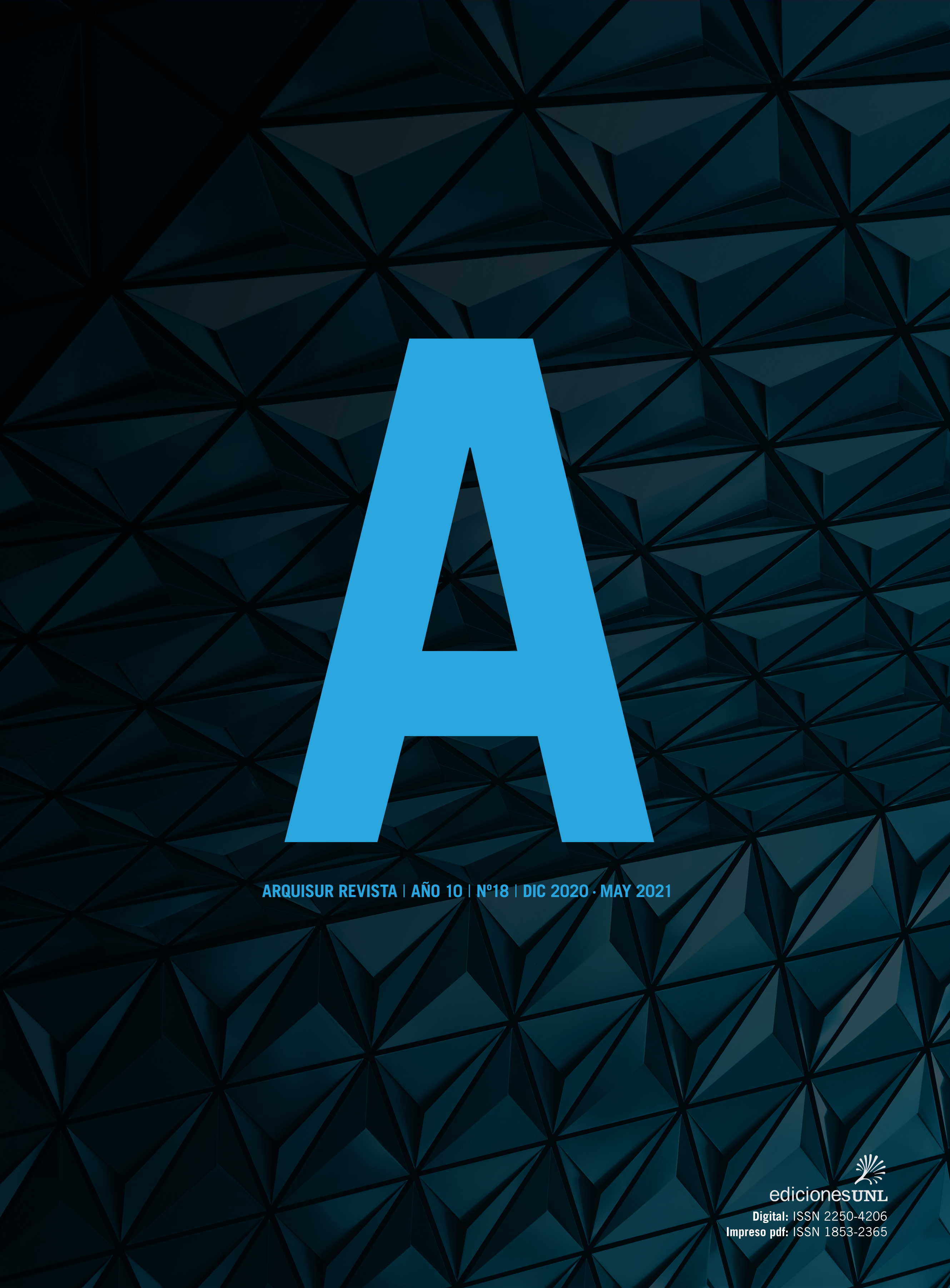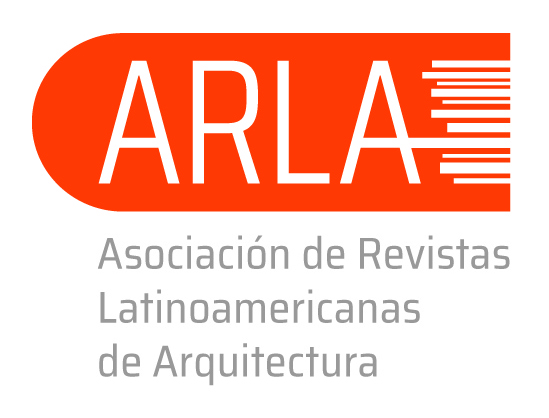Architecture and infrastructure for progress in Argentina (1960-1975):
A background knowledge
DOI:
https://doi.org/10.14409/ar.v10i18.9491Keywords:
developmentalism, State, industrialization, planning, territoryAbstract
The state promotion of Argentine architectural and infrastructure works in the "long 1960s" was linked to recognizable demands that emerge from territorial and economic planning. The deepening of the industrialization process implied an energy self-sufficiency country, fluent communication between production centers and the newly created provincial states, as well as the construction industrialization. These aspects had an impact on the creation and development of various construction programs. However, this article reviews the literature around three specific programs: industry, energy and territorial connections, for considering them fundamental and synergistic within the industrialization process in its second phase. In the disciplinary gaze on the object of study, politics and economics agree quite a bit on the conceptualization of the period, planning incorporates the notion of imbalance characterizing the Argentine territory, and from architecture the works have been approached only in terms of search for national identity and modern style questions. This work allows us to point out that the theoretical construction revolves around the notions of: developmentalism as a theoretical model, territory as geographical space and place of power, planning as a priority discipline at the time and architecture for progress as a concept under construction.
Published
How to Cite
Issue
Section
License
ACCESO ABIERTO
ARQUISUR Revista es una publicación de acceso abierto y sin ánimo de lucro. No se imputan cargos por la recepción, revisión, evaluación, publicación ni acceso a sus contenidos. Se distribuye bajo una Licencia Creative Commons CC Atribución-NoComercial-SinDerivadas 4.0 Internacional (CC BY-NC-ND 4.0): No se permite un uso comercial de la obra original ni la generación de obras derivadas. Esta licencia no es una licencia libre, y es la más cercana al derecho de autor tradicional.
DESCARGO
Los criterios expuestos en los artículos son de exclusiva responsabilidad de sus autores y no reflejan necesariamente la opinión del Comité Editorial ni de la Dirección Editorial Técnica. Los derechos de los artículos publicados pertenecen a sus autores o editoriales. Los autores ceden sus derechos de publicación al Centro de Ediciones de la Universidad Nacional del Litoral de Santa Fe, Argentina.














